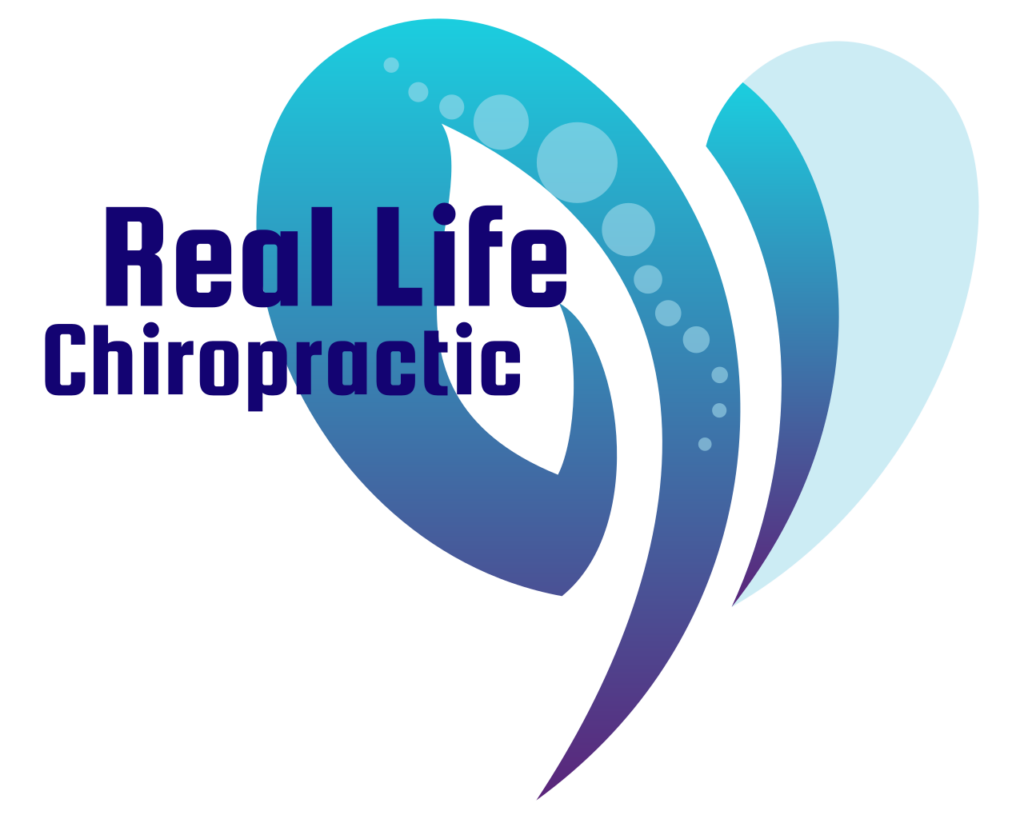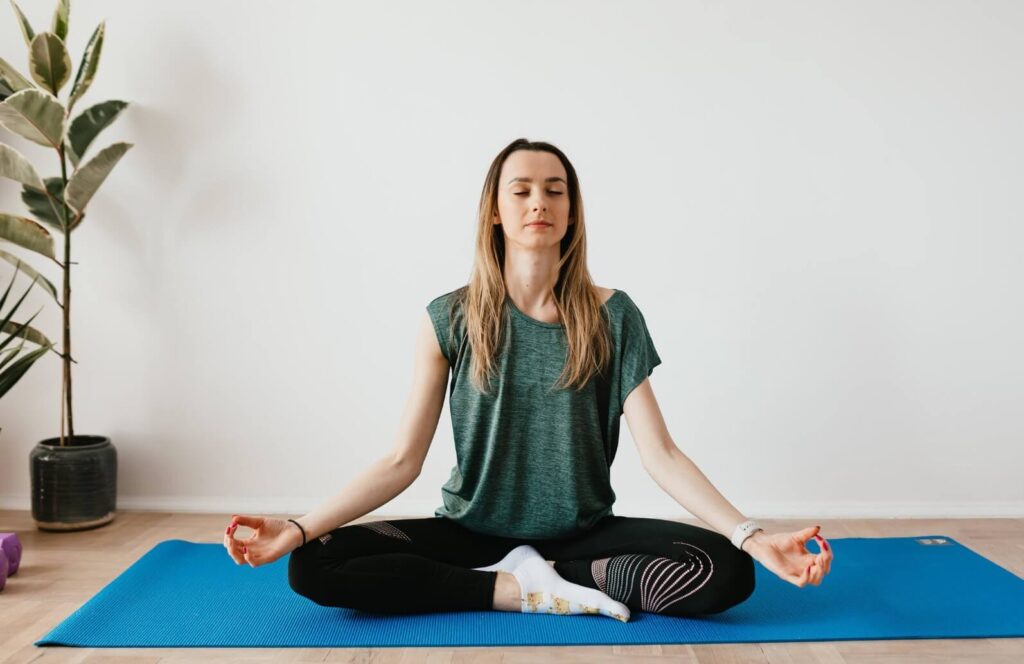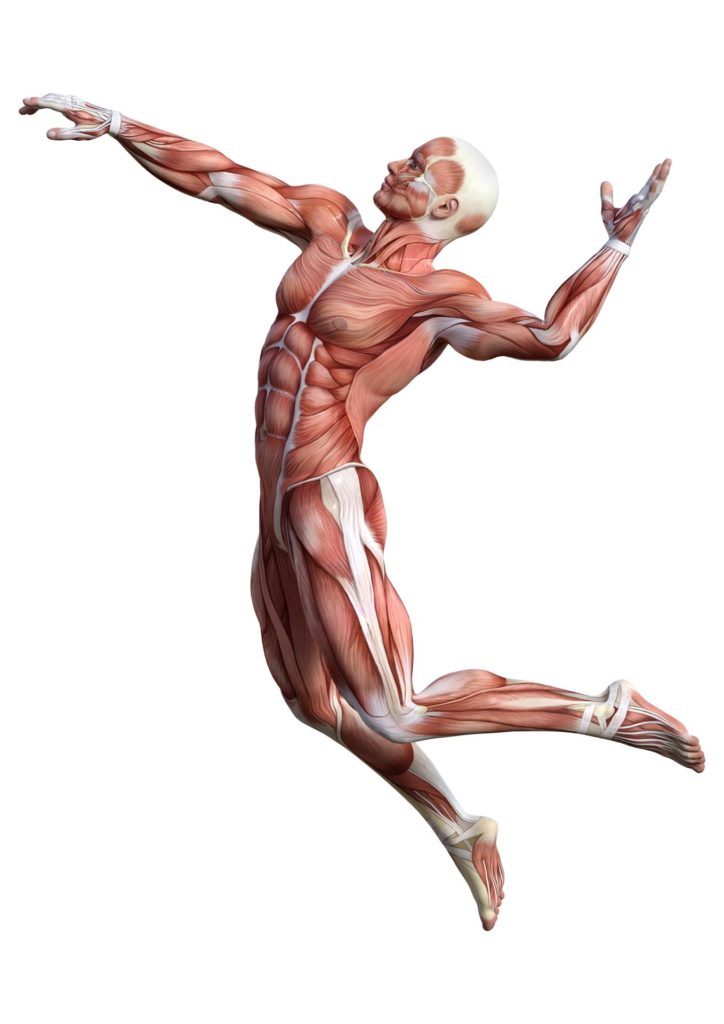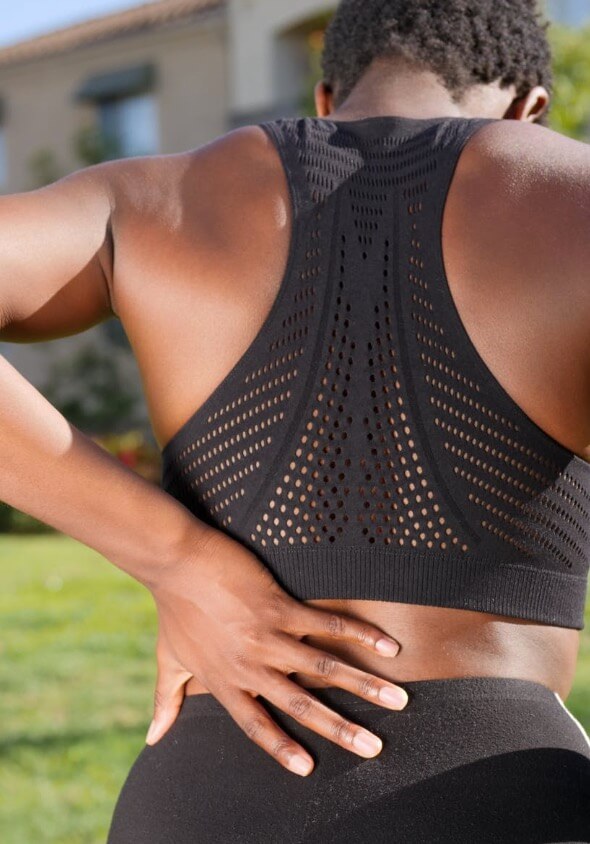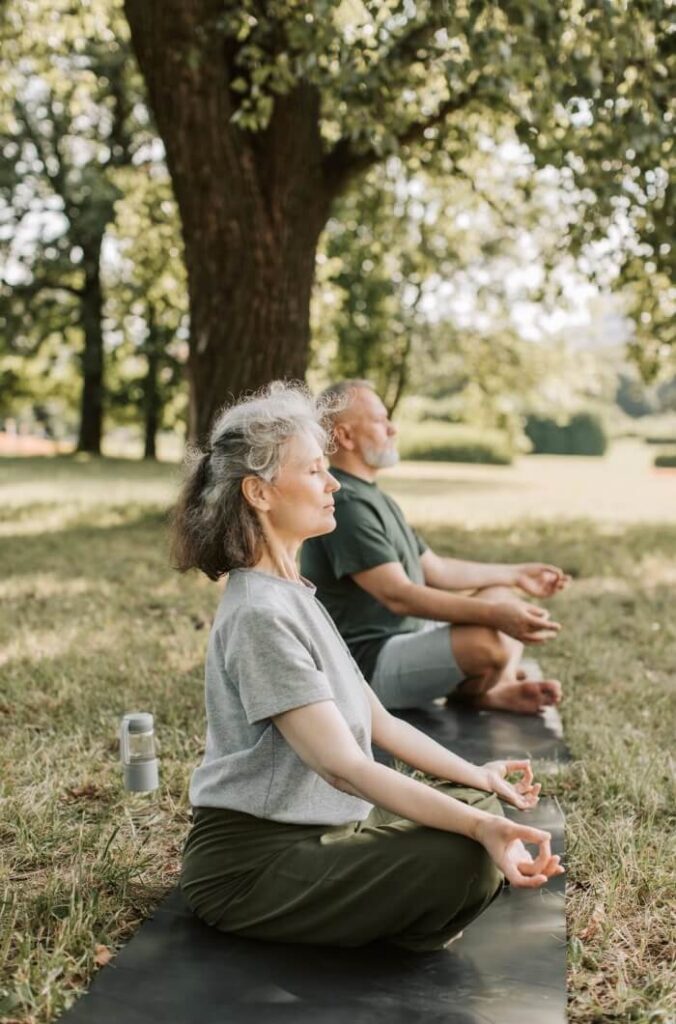Day 21 Yoga and Seasonal Allergies
Seasonal allergies is due to inflammation in the nasal mucosa from allergens. Somewhere between 10 to 30% of the worlds population has allergic rhinitis (seasonal allergies). For most people, pollen is the most common allergen that people suffer from.
An article published in 2019 showed that during 8 weeks of Hatha yoga training there were significant beneficial effects in those you have seasonal allergies (aka allergic rhinitis, or hay fever).1 In this study the yoga group had increased peak nasal flow when inhaling, significant decrease in allergic symptoms, and had significantly higher nasal secretion of interleukin (IL)-2 with improved cytokine levels than the control group. Cytokines are little molecules secreted from immune cells to talk to other cells. Interleukin (IL)-2 is a type of cytokine that regulates the function of white blood cells important for immunity.
Applying yoga, or any other deep breathing mindful practice can even help your child or yourself be relieved of some of the symptoms from seasonal allergies. If not, can greatly reduce the severity of it!
Reference:
1. Anna C., Jettanong K., Timothy D. M., Wannaporn T., “Effect of Hatha yoga training on rhinitis symptoms and cytokines in allergic rhinitis patients.” Asian PAC J. Allergy Immunol. Aug. 18, 2019. EPUB 2019 Aug 18. PMID: 31421665
Till next time. Thank you,
Day 21 Yoga and Seasonal Allergies Read More »
